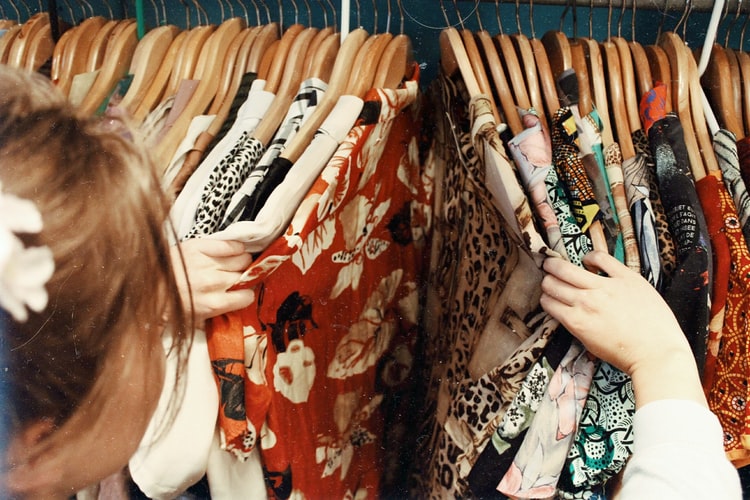Product feed optimisation goes hand-in-hand with Google Shopping ads. Shopping ads are created using data attributes from the product information submitted within your Merchant Center data feed, and they usually include product information such as image, price, and merchant name.
With Google Shopping, the information you provide within your product feed determines your shopping ads performance. It's important that you implement product feed optimisation strategies that will boost your visibility, helping your products to appear on relevant user searches.
If you're a merchant, selling or advertising for fashion and apparel, then you've landed on the right blog post. Discover 5 key tips that will help you sell more products on Google shopping.
1. Think strategically about your customers
Think about your customers intentionally and strategically, then use what you know about your audience and your products to prepare the data you include in your product feed.
- Focus on the customer journey: Identify ways to create a better shopping experience, from search query to checkout.
- Focus on the products with a bigger impact on your ads performance and make sure you fully optimise your product feed.
- Try out different product feed optimisation techniques to determine what engages your audience and what drives more results in sales. For fashion and apparel, always remember to include relevant product attributes such as Size, Gender, Age Group, Colour, Material, Pattern, etc.
- Set your ads and products apart from competitors with promotions, customer reviews, and local inventory ads.
2. Use high-resolution images
Images are your shop window, the first thing shoppers see when browsing online for clothes, accessories or footwear. With more consumers shopping online, specifically on mobile devices, you should always use high-resolution images that will grab your shopper's attention.
- Choose between product images (closer and detailed shots of the product itself), or lifestyle images (a photo of a model wearing the product on sale).
- Ensure that the product you're selling is in the best light.
- include additional images wherever possible. This helps shoppers view the product from different angles, helping them picture it better.
3. Include relevant product Titles, Attributes and Identifiers
Product titles are a great starting point. Use your product titles to highlight product details and attract customers to your shopping ads. For example, if you're selling a floral dress, a good product title for your shopping ad is:
"Brave Soul Floral Print Sweetheart Neck Split Thigh Dress"
- Include all product attributes that will provide as much information as possible about your product such as brand name, size type, age group, colour, gender, or length.
- Place the most important details at the start of your product titles. The title is one of the most prominent parts of your ad or free listing so be as specific and accurate as possible to help Google show your product to the right users. Including your most compelling details within the product title will convince shoppers to click on your ad, discover more about the product and eventually hit 'buy'.
4. Match Product feeds to landing pages
The information within your product feed must match with the details on your product's landing page.
- Use the same product title and description in your product feed and on your landing page. inconsistency between the information provided will result in a poor shopping experience for users, which can lead to losing potential customers. Avoid using synonyms or search query terms that aren’t used on your product’s landing page and make sure that the messaging is consistent overall.
- Show the same product variant (such as product colour or size) on your Shopping ads and on landing pages.
- Use the same colour names in your product feed and on your landing page. Using different colour names or different versions of the same colour will confuse customers and this can also cause your account to be disapproved.
5. Optimise your product feed
Build trust with your customers by providing accurate and up-to-date information within your product feed.
- Use a consistent product Id and title for each product in your product feed to preserve its historical data. Use the title attribute to clearly identify the product you’re selling.
- keep prices and stock inventory up-to-date.
- Be very detailed when inputting product type values and Google product category attributes. These should be at least 2-3 levels deep. For example: Apparel & Accessories > Clothing > dresses > Floral Dresses.
- Provide GTINs where available to help Google understand exactly what product you are selling. GTINs are valuable details that boost your ad performance, serving your Google Shopping ads in a more relevant way and making them more visible to the right users.
Our product feed optimisation service is specifically created to help merchants optimise their product feeds entirely. Book a free demo or instantly audit your product feed here to see the issues and areas of improvement within your product feed.
Header Image Credit: Unsplash @beccamchaffie
